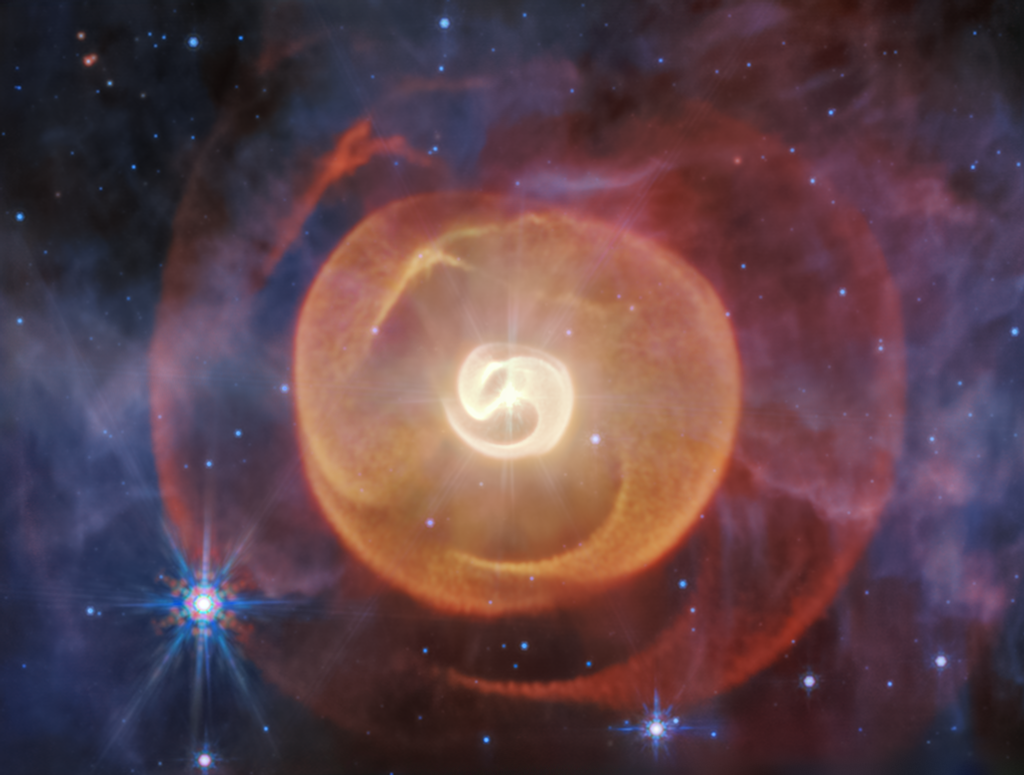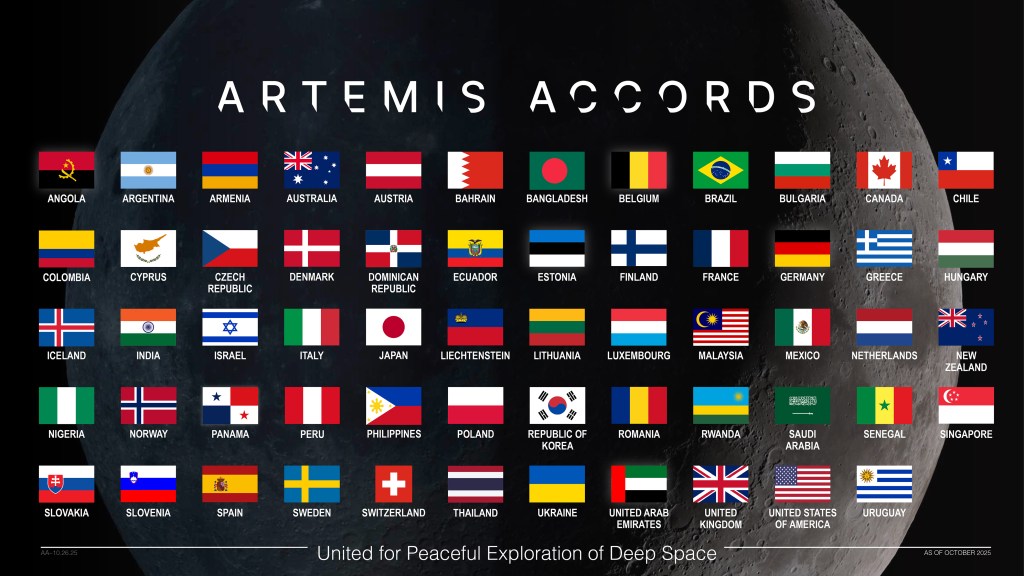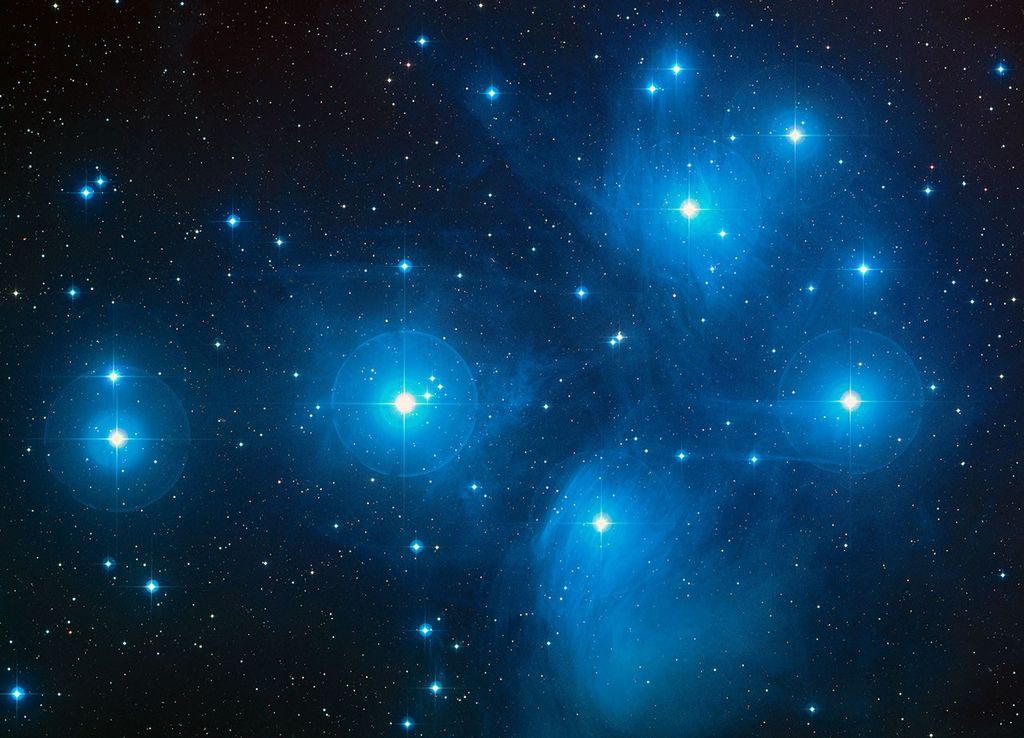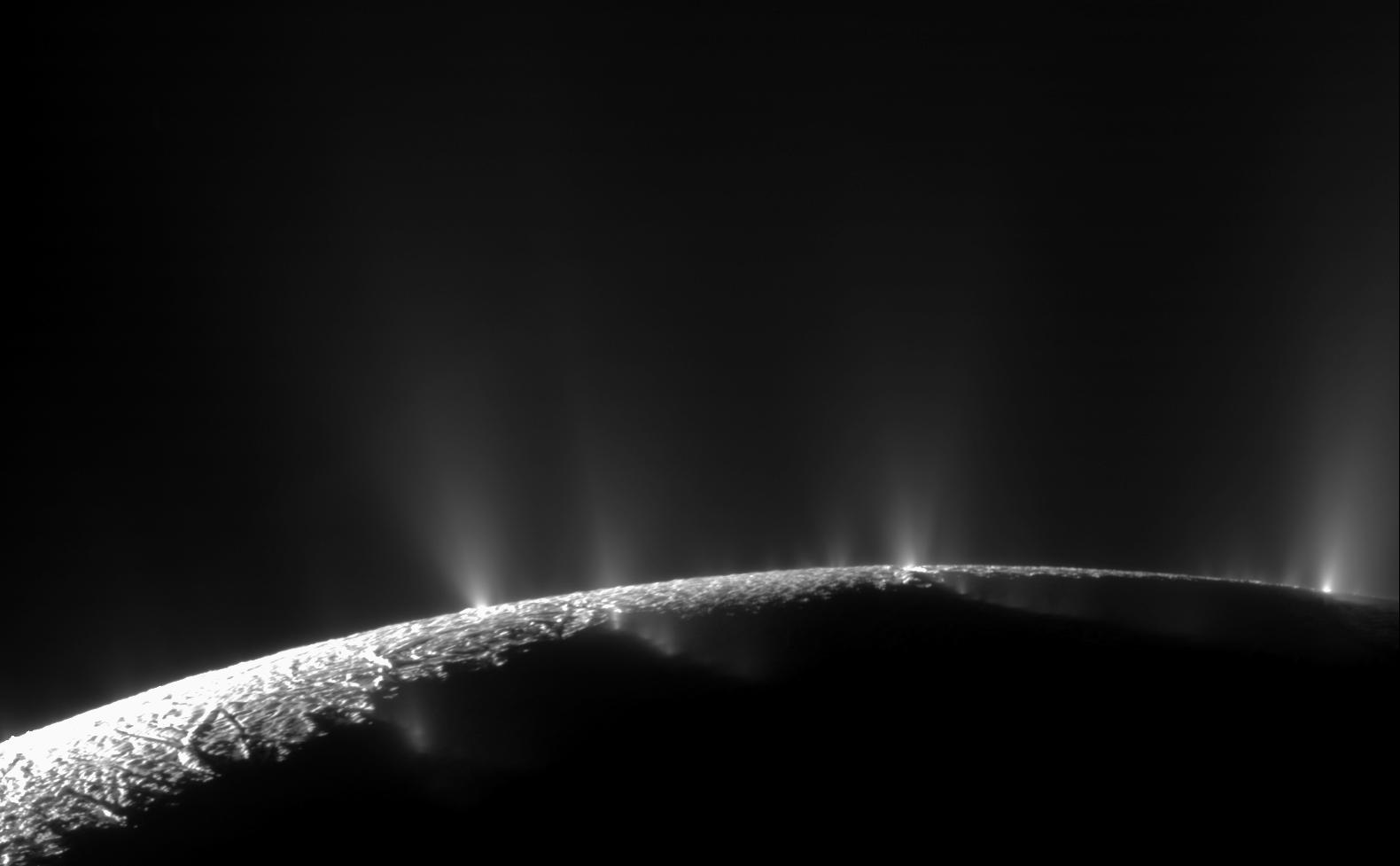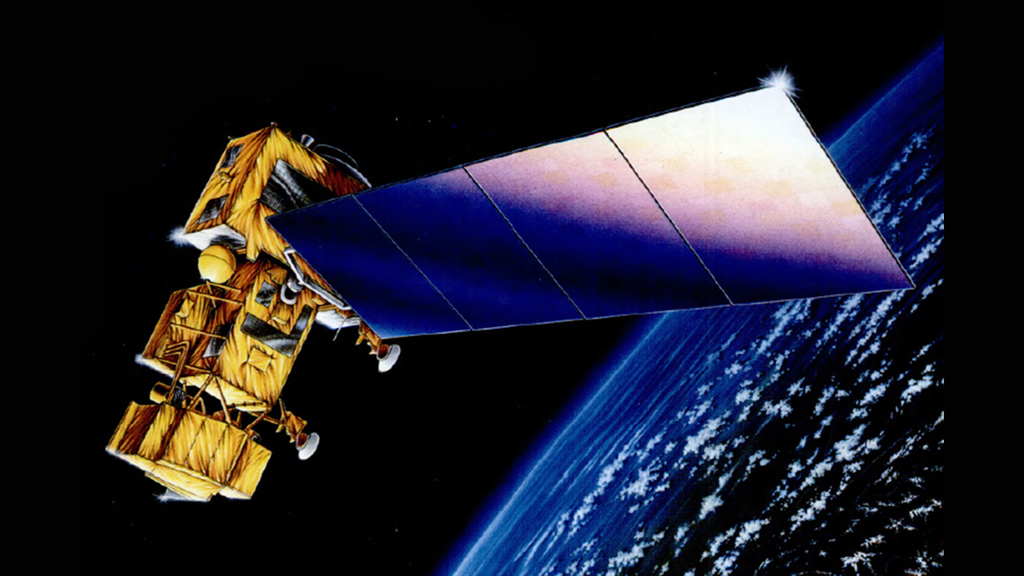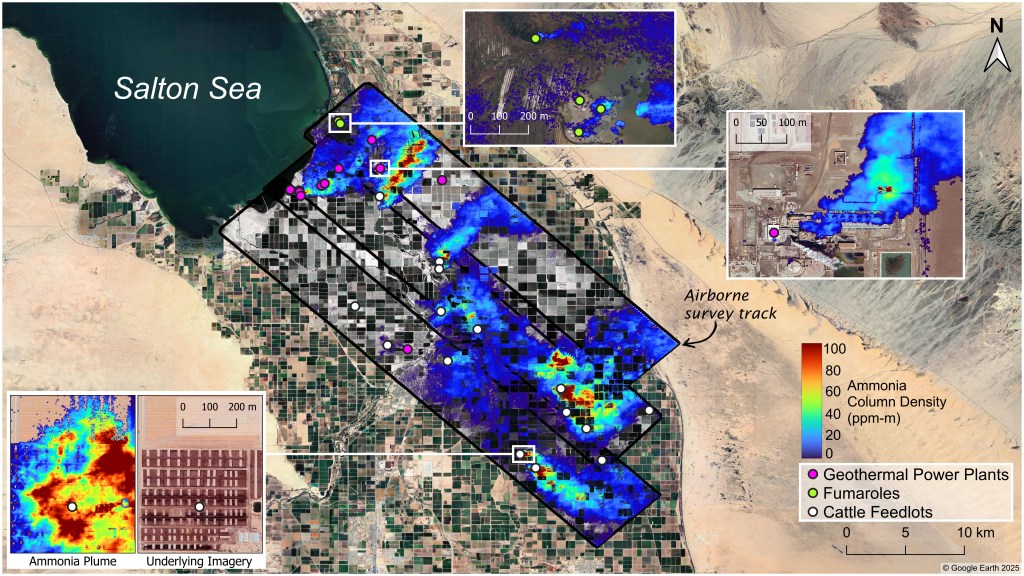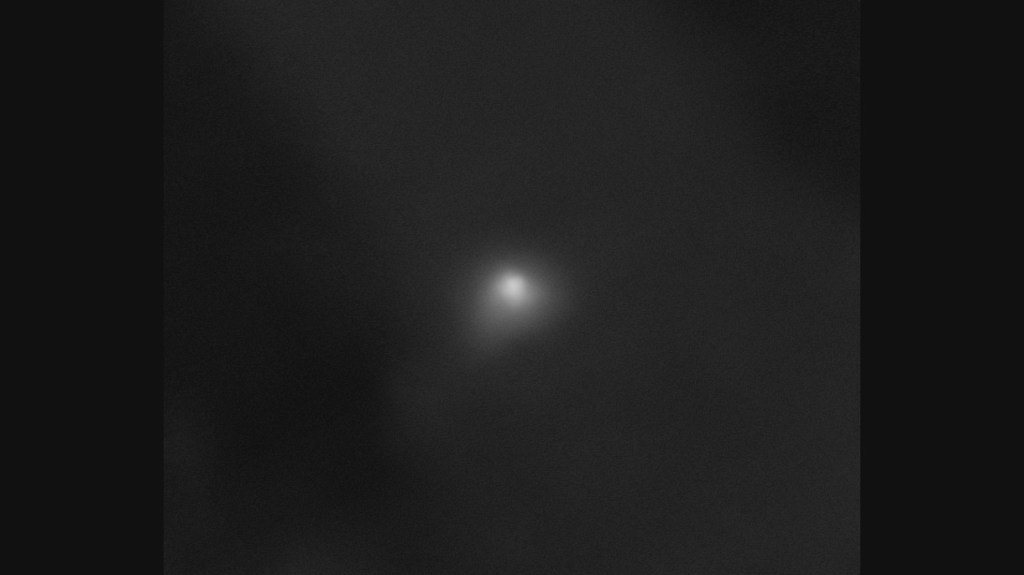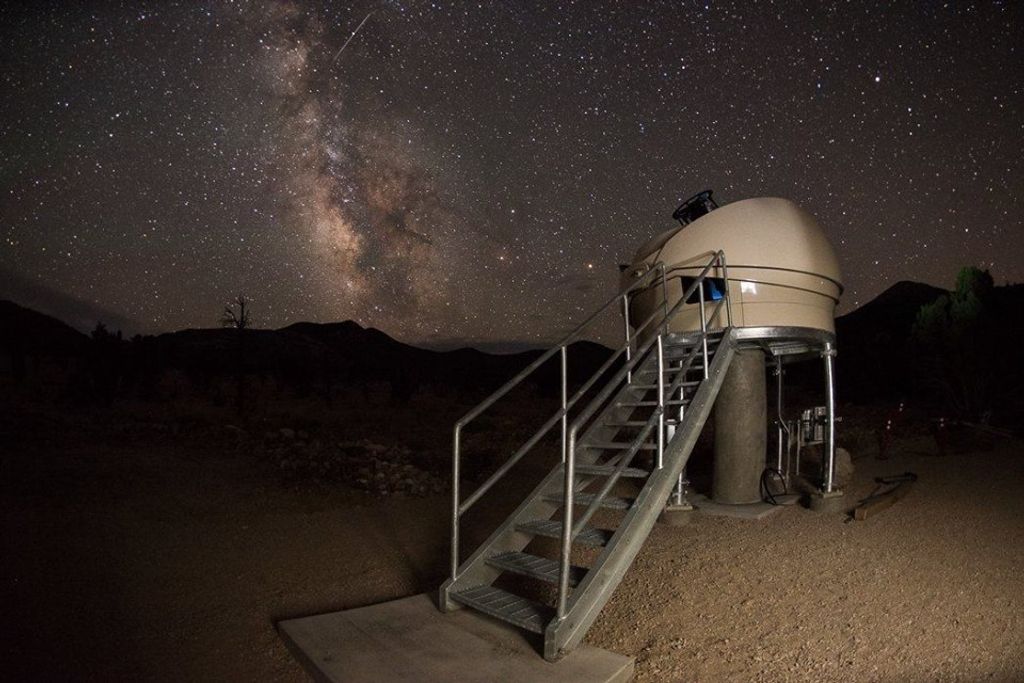1 min read
Circinus Galaxy Spews Gas Into Space

Resembling a swirling witch's cauldron of glowing vapors, the black hole-powered core of a nearby active galaxy appears in this colorful NASA Hubble Space Telescope image. The galaxy lies 13 million light-years away in the southern constellation Circinus.
This galaxy is designated a type 2 Seyfert, a class of mostly spiral galaxies that have compact centers and are believed to contain massive black holes. Seyfert galaxies are themselves part of a larger class of objects called Active Galactic Nuclei or AGN. AGN have the ability to remove gas from the centers of their galaxies by blowing it out into space at phenomenal speeds. Astronomers studying the Circinus galaxy are seeing evidence of a powerful AGN at the center of this galaxy as well.
Much of the gas in the disk of the Circinus spiral is concentrated in two specific rings - a larger one of diameter 1,300 light-years, which has already been observed by ground-based telescopes, and a previously unseen ring of diameter 260 light-years.
In the Hubble image, the smaller inner ring is located on the inside of the green disk. The larger outer ring extends off the image and is in the plane of the galaxy's disk. Both rings are home to large amounts of gas and dust as well as areas of major "starburst" activity, where new stars are rapidly forming on timescales of 40 - 150 million years, much shorter than the age of the entire galaxy.
At the center of the starburst rings is the Seyfert nucleus, the believed signature of a supermassive black hole that is accreting surrounding gas and dust. The black hole and its accretion disk are expelling gas out of the galaxy's disk and into its halo (the region above and below the disk). The detailed structure of this gas is seen as magenta-colored streamers extending towards the top of the image.
In the center of the galaxy and within the inner starburst ring is a V-shaped structure of gas. The structure appears whitish-pink in this composite image, made up of four filters. Two filters capture the narrow lines from atomic transitions in oxygen and hydrogen; two wider filters detect green and near-infrared light. In the narrow-band filters, the V-shaped structure is very pronounced. This region, which is the projection of a three-dimensional cone extending from the nucleus to the galaxy's halo, contains gas that has been heated by radiation emitted by the accreting black hole. A "counter-cone," believed to be present, is obscured from view by dust in the galaxy's disk. Ultraviolet radiation emerging from the central source excites nearby gas causing it to glow. The excited gas is beamed into the oppositely directed cones like two giant searchlights.
Located near the plane of our own Milky Way Galaxy, the Circinus galaxy is partially hidden by intervening dust along our line of sight. As a result, the galaxy went unnoticed until about 25 years ago. This Hubble image was taken on April 10, 1999 with the Wide Field Planetary Camera 2.
The research team, led by Andrew S. Wilson of the University of Maryland, is using these visible light images along with near-infrared data to further understand the dynamics of this powerful galaxy.
About the Object
- R.A. PositionR.A. PositionRight ascension – analogous to longitude – is one component of an object's position.14h 13m 9.27s
- Dec. PositionDec. PositionDeclination – analogous to latitude – is one component of an object's position.-65° 20' 20.6"
- ConstellationConstellationOne of 88 recognized regions of the celestial sphere in which the object appears.Circinus
- DistanceDistanceThe physical distance from Earth to the astronomical object. Distances within our solar system are usually measured in Astronomical Units (AU). Distances between stars are usually measured in light-years. Interstellar distances can also be measured in parsecs.About 13 million light-years (4 Mpc)
- DimensionsDimensionsThe physical size of the object or the apparent angle it subtends on the sky.Inner Ring Diameter: 260 light-years (80 pc). Outer Ring Diameter: 1,300 light-years (400 pc). Magnitude: V11
About the Data
- Data DescriptionData DescriptionProposal: A description of the observations, their scientific justification, and the links to the data available in the science archive.
Science Team: The astronomers who planned the observations and analyzed the data. "PI" refers to the Principal Investigator.Principal Astronomers: A. S. Wilson (University of Maryland), P. L. Shopbell (Caltech), C. Simpson (Subaru Telescope), T. Storchi-Bergmann, F. K. B. Barbosa (UFRGS, Brazil) and M. J. Ward (University of Leicester, U.K.). - InstrumentInstrumentThe science instrument used to produce the data.HST>WFPC2
- Exposure DatesExposure DatesThe date(s) that the telescope made its observations and the total exposure time.April 10, 1999, Exposure Time: ~1 hour
- FiltersFiltersThe camera filters that were used in the science observations.F502N [OIII], F547M (V), F656N (H-alpha), and F814W (I)
- Object NameObject NameA name or catalog number that astronomers use to identify an astronomical object.Circinus Galaxy
- Object DescriptionObject DescriptionThe type of astronomical object.Seyfert 2 Galaxy
- Release DateNovember 30, 2000
- Science ReleaseHubble Captures an Extraordinary and Powerful Active Galaxy
- CreditNASA, Andrew S. Wilson (University of Maryland); Patrick L. Shopbell (Caltech); Chris Simpson (Subaru Telescope); Thaisa Storchi-Bergmann and F. K. B. Barbosa (UFRGS, Brazil); and Martin J. Ward (University of Leicester, U.K.)

Blue: F502N [OIII] Cyan: F547M (V) Red: F656N (H-alpha) Yellow: F814W (I)
Share
Details
Claire Andreoli
NASA’s Goddard Space Flight Center
Greenbelt, Maryland
claire.andreoli@nasa.gov

